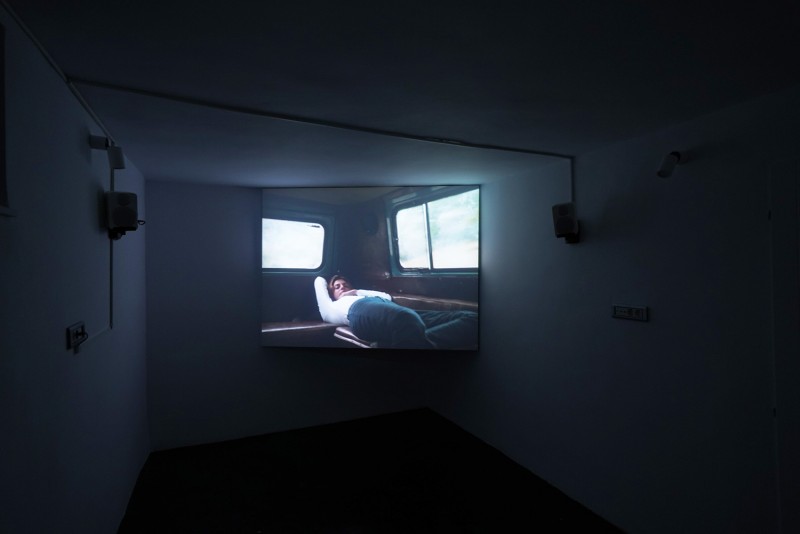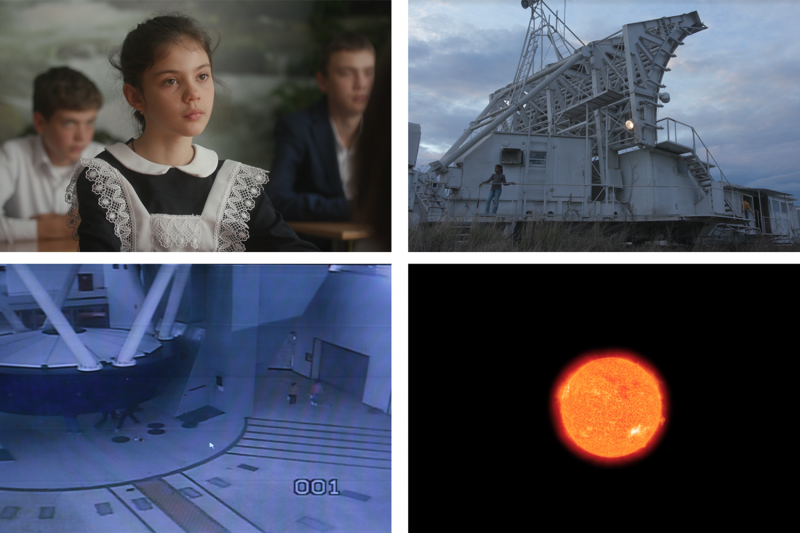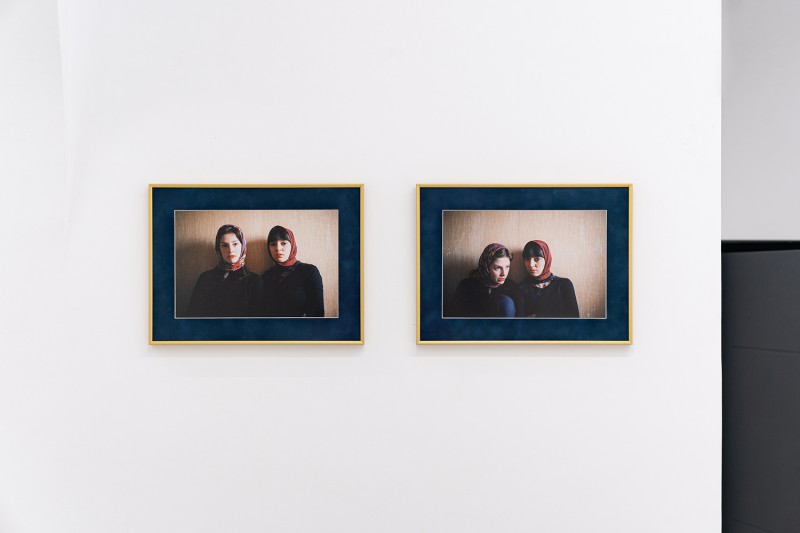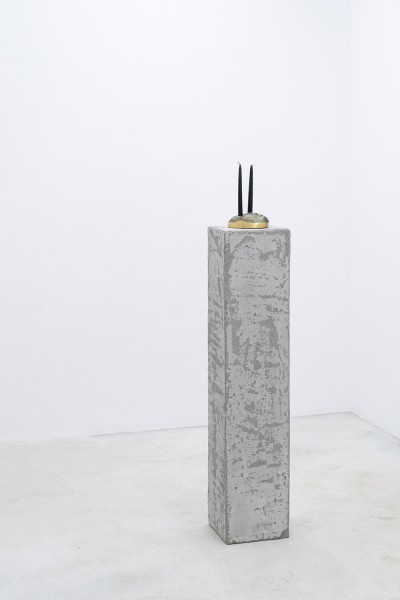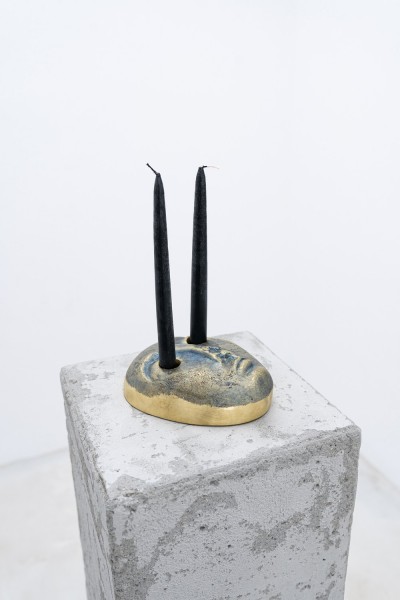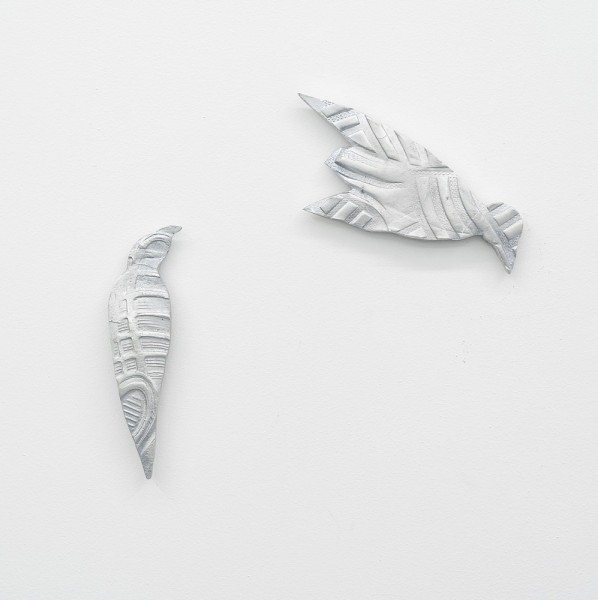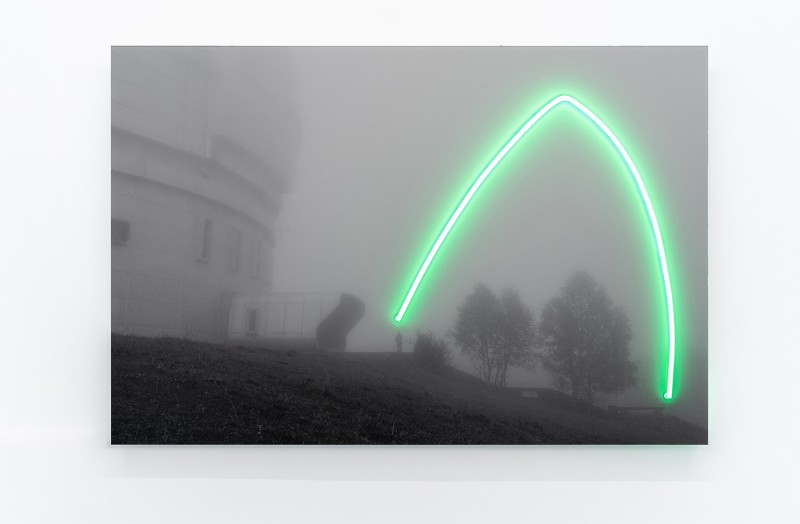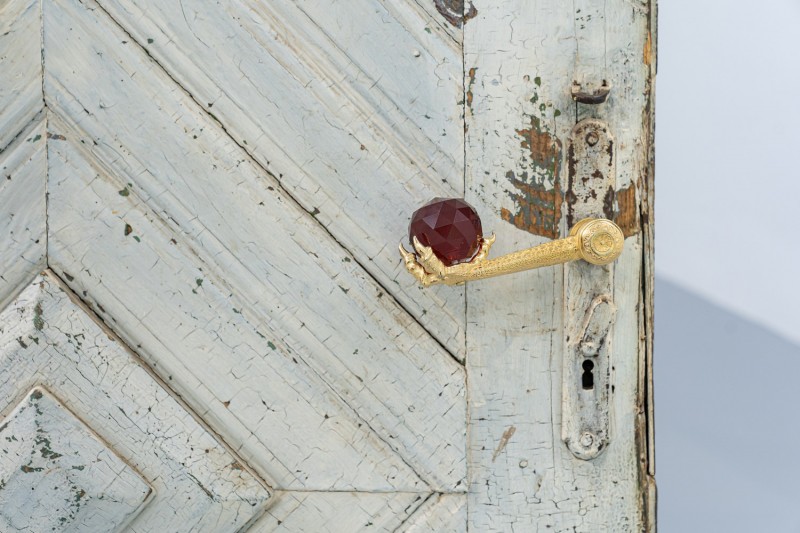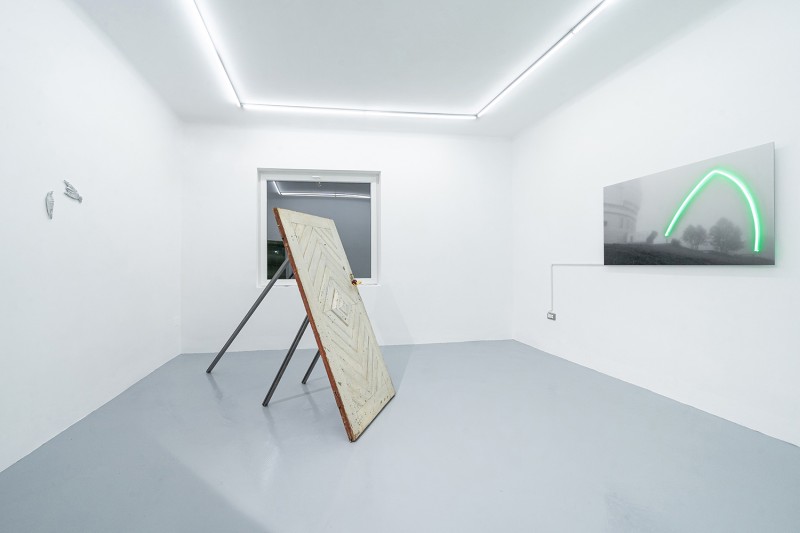Rachel Monosov
It’s All Written In the Stars, 2020
It’s All Written In The Stars has short film at its core. With elements of science fiction and autobiography, the Monosov sisters, Rachel and Maria, who wrote, directed, and starred in the video work, return to their childhood home. The long journey is intercepted with possible memories of a forgotten girlhood in Bukova, a small village in the Zelenchukskiy province of Russia. This remote town burgeoned around the Special Astrophysical Observatory (SAO), home to what was for several years the world’s largest single primary mirror optical reflecting telescope. To return in 2019 is an experience of going back in time, to a place where time appears to have stopped upon the collapse of the USSR in 1989. It’s All Written In The Stars slowly reveals complicated social etiquettes and unsettling agendas. As the estranged sisters try to reconstruct a forgotten past, fragments of memory offer possible utopian futures.
Dys(U)topian philosophies come as no surprise in today’s world. We live in a time when the uncertainty of our future is part of our daily state. We spend billions developing the potential for living on Mars. The film emphasizes our ecosystem’s loneliness, isolation, and the search for other plants as possible solutions to our own existence.
It’s All Written In The Stars is a story about migration in the broader sense of the word. We are not just talking about moving from one location to another, from one planet to another, but moving inside oneself, into different layers of the inner world. But, like astronomy tries to study the universe from one point on our small planet, the heroes of this film try to explore their universe from one point: the space and time in which they are NOW. These attempts at understanding their true identity, at reconnecting, are revealed to be futile movements inside a closed location, unable to offer confirmation of the sisters’ existence.
As the film connects phenomena in the cosmos to different layers of the inner world, the concept returns to physicality, expanding to the displacement of people on Earth. It is typical of Rachel Monosov’s work to move from autobiographical footnotes, to large socio-political and historical events. The sisters’ father, who emigrated from Russia to Israel in 1990, becomes but one of the millions of immigrants, refugees and stateless people living today.
The work is accompanied by a publication incuding interviews with prominent astronomers R. Brent Tully, Bruce Elmegreen, and Olga Silchenko.
Partnered with

